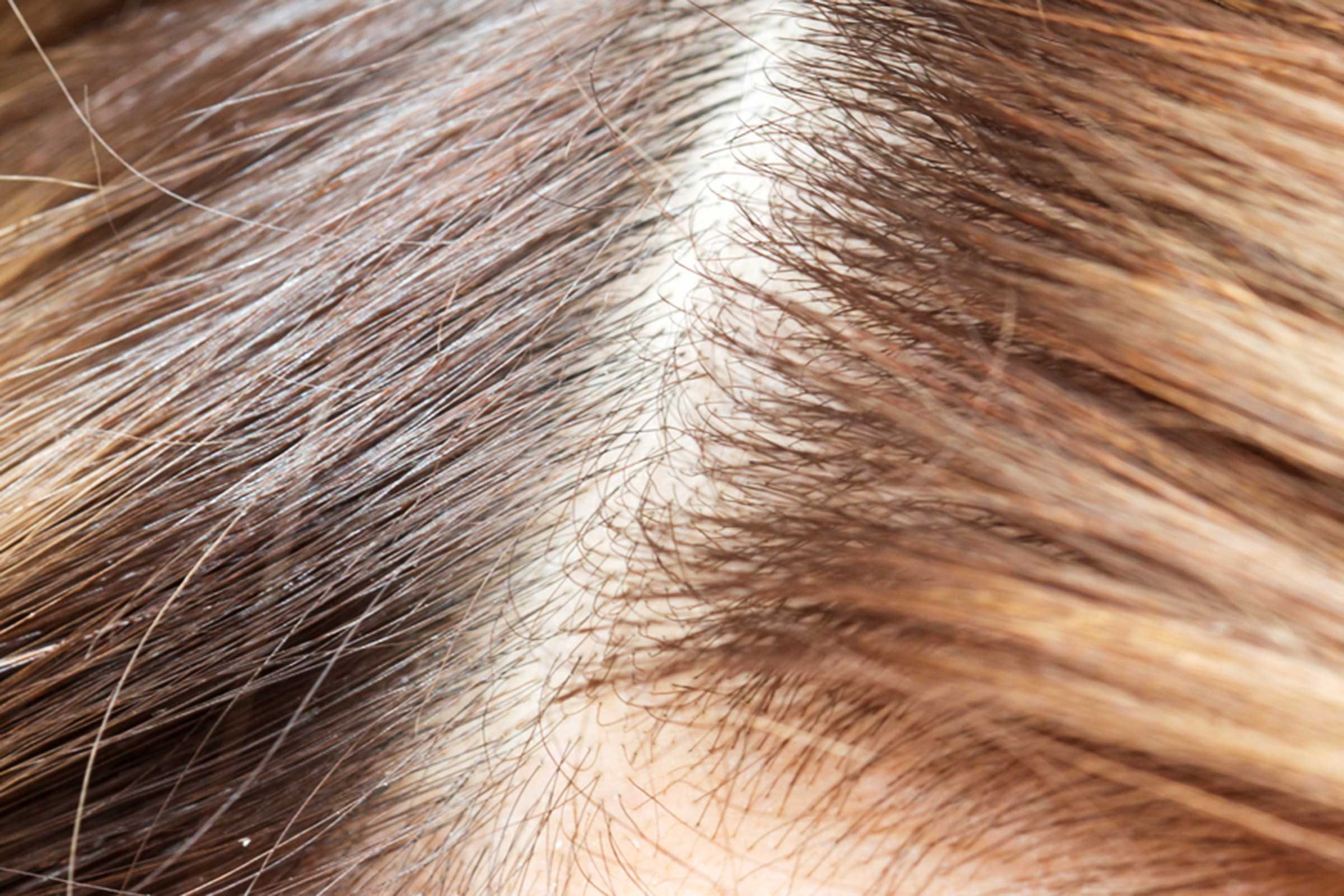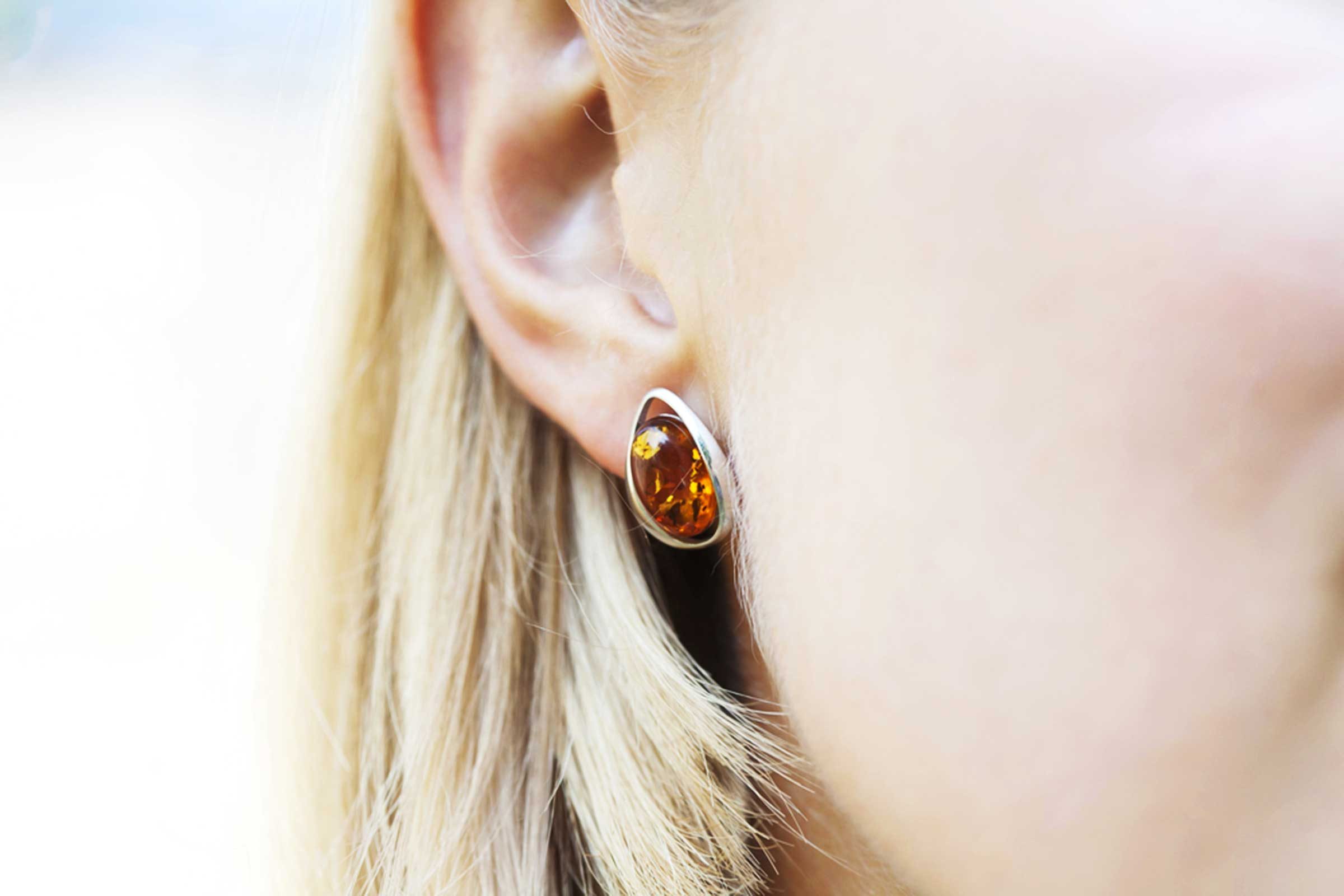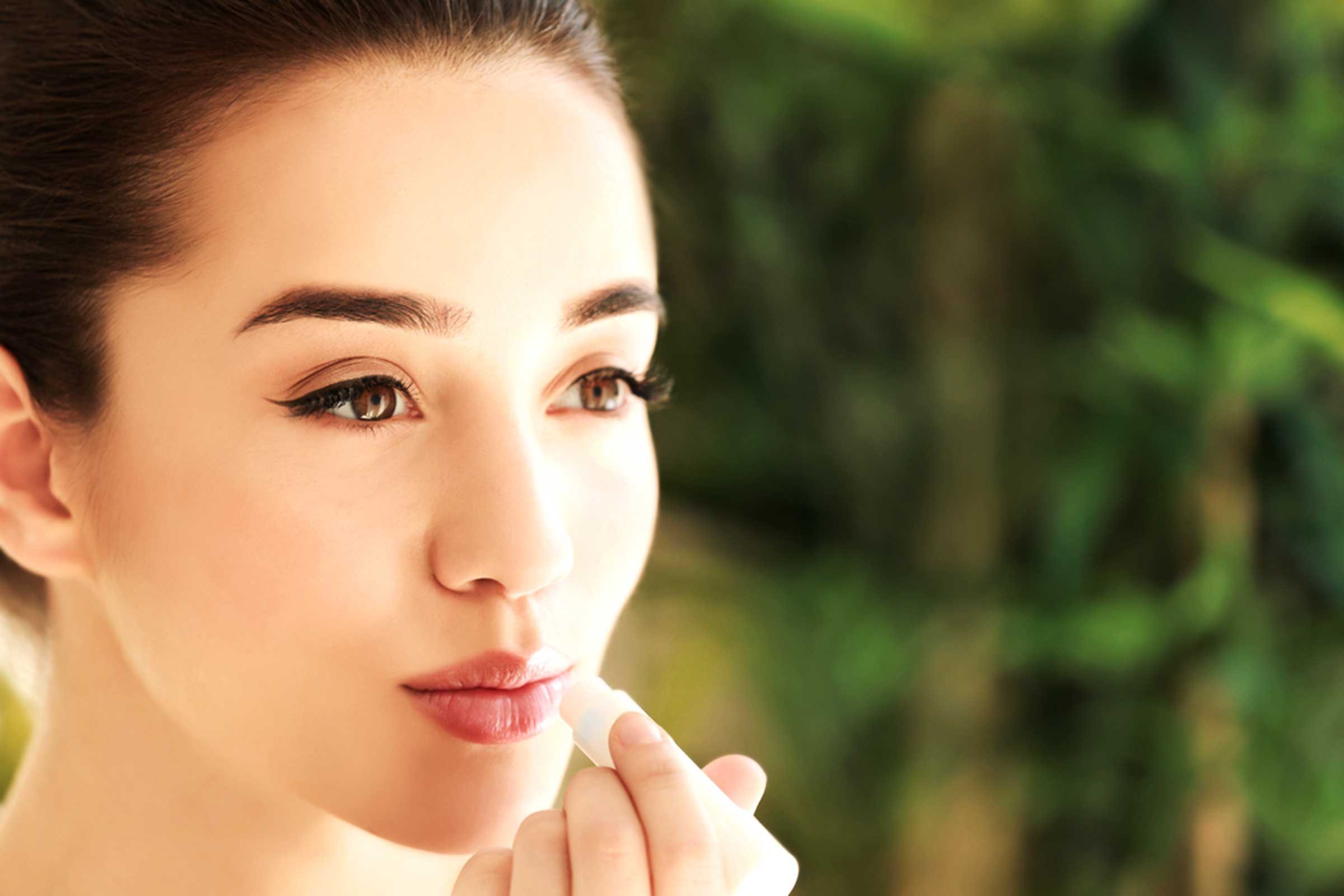
Don’t forget these key body parts when applying sunscreen
Of course you know it’s critical to slather on sunscreen. And you cover your arms and legs and probably your face. But there are plenty of spots you might miss when you’re working to protect your body from the sun. Pay close attention to these easily missed spots the next time you apply sunscreen.

Scalp
Weirdly, even though the head is a major focal point for the sun, we rarely think to protect our scalps—which is why after a day at the beach your scalp is likely to feel a little itchy or look a little red. (These home remedies for sunburn will come in handy.) Especially as we age, our hair gets thinner and more scalp is exposed, according to the Skin Cancer Foundation. That’s why there are more skin cancers of the scalp as people get older. Prevent sunburn on your scalp by applying a spray sunscreen every two or so hours. If you don’t want sunscreen in your hair, cover up in the sun with a wide-brimmed hat.
Find out why people with red hair are at a higher risk for developing skin cancer.

Ears
About 7 per cent of head and neck melanomas are found on the ears, according to the Skin Cancer Foundation. “I tell my patients that if I could only ask them to cover two areas of their skin with sunscreen, I would ask them to make sure to cover their ears and lips,” says Joyce Imahiyerobo-Ip, MD, director of cosmetic dermatology at South Shore Medical Center in Norwell, Massachusetts. “That’s because these are actually two very high-risk areas to have skin cancer.” Slather on the lotion, but use hats to your advantage, too. “Baseball caps are not enough to protect your ears,” she says. “I recommend that patients use wide-brimmed hats.”
Want to keep your skin soft, supple and hydrated? Consider adding these complexion-boosting foods to your grocery list.

Lips
You might know how to manage dry, chapped lips, but are you always careful to protect them from the sun? Your lips are second on Dr. Ip’s most crucial sunscreen spot because they’re catching the sun’s full rays whenever you’re outdoors. “I recommend that patients use lip balms with SPF 30 or above on the lips and that sunscreen be reapplied every two hours during consistent sun exposure,” she says.
According to the Skin Cancer Foundation, skin cancer on the lip is most likely to be found in fair-skinned men over age 50. Most lip skin cancers are found on the bottom lip, which has more sun exposure than the top lip.
These are the 13 signs of cancer men are likely to ignore.

Eyelids
Sure, you know how to apply lotion to your face—the nose, the cheeks and the forehead. But when was the last time you covered your eyelids with sunscreen? About 5 to 10 per cent of all skin cancers are found on the eyelid or even the eye itself, according to the Skin Cancer Foundation. A 2019 study published in PLOS One found that the eyelids are the most commonly missed area during sunscreen application. About three in four people also miss the area between the corner of the eye and the bridge of the nose.
Even if you’re planning on wearing sunglasses all day, the skin on the eyes is some of the thinnest and most delicate on the entire body, offering the sun’s rays an easy way in. Thus, it’s crucial to apply sunscreen here just as you would on the rest of the face.
Find out 10 sunglasses myths that could be harming your eyes.

Neck
Not only do people overlook their neck when doing their anti-aging routine, they forget to cover it with sunscreen, too. “For adequate coverage, you should use one ounce of sunscreen to cover your entire body,” Dr. Ip notes, comparing this amount to that of a shot glass. When you’re wondering what to do with the last bit, go for your neck. It’s an often-overlooked spot for sunscreen, but your neck is always exposed to the sun if you have short hair or tend to put your hair up. “Apply 15 minutes before exposure and reapply every two hours (more frequently if swimming or sweating),” says Dr. Ip. “Always wait 15 minutes before re-entering water after reapplying.”
Here are 15 skin cancer myths you need to stop believing right now.

Feet
Think your feet and toes are safe from the sun because they’re in the water or buried beneath the sand? Hardly. They’re just as prone to burns as the rest of the body—and those flip-flops aren’t offering much protection. (Here’s why you shouldn’t be wearing flip-flops, anyway.)
Acral lentiginous melanoma (ALM) is a dangerous form of melanoma that is usually found on the soles of the feet and palms of the hands. Researchers aren’t sure why, but ALM is usually more common in people with darker skin tones, says the Skin Cancer Foundation.
To protect yourself, apply a hefty dose of sunscreen to the tops of feet, and even in between the toes.
Discover the many benefits of mineral sunscreen.

Hands
They say the skin on your hands is one of the most revealing signs of aging, so give them a little extra TLC when it comes to sun care. Instead of washing your hands after applying sunscreen to the rest of your body—including all of these spots most people forget—slather it onto the backs of your hands and in between your fingers for full coverage.
Make sure you know these essential sunscreen tips before you head out into the sun.